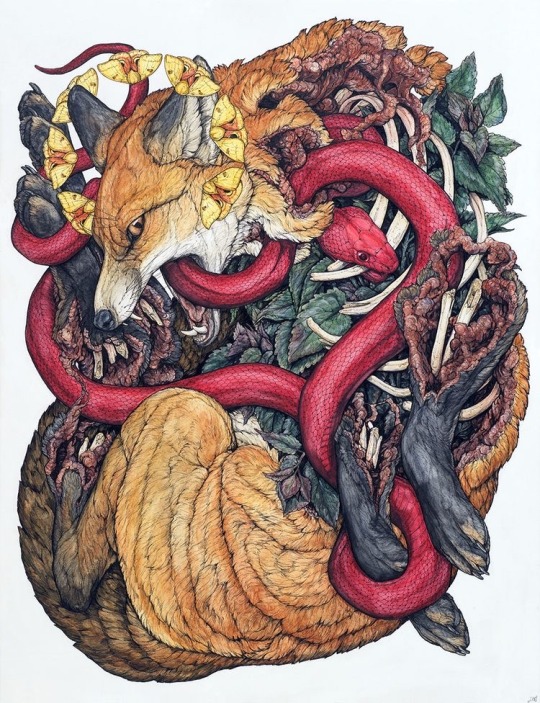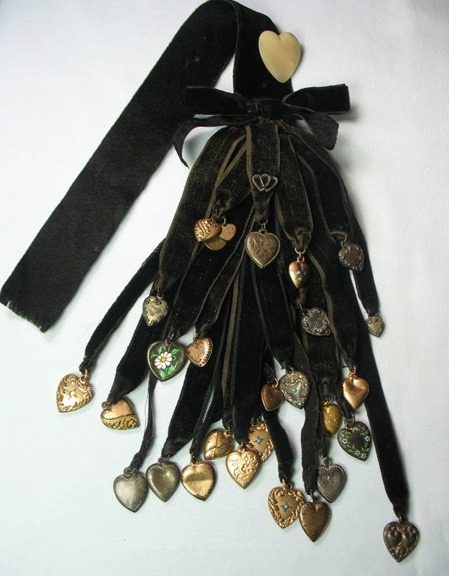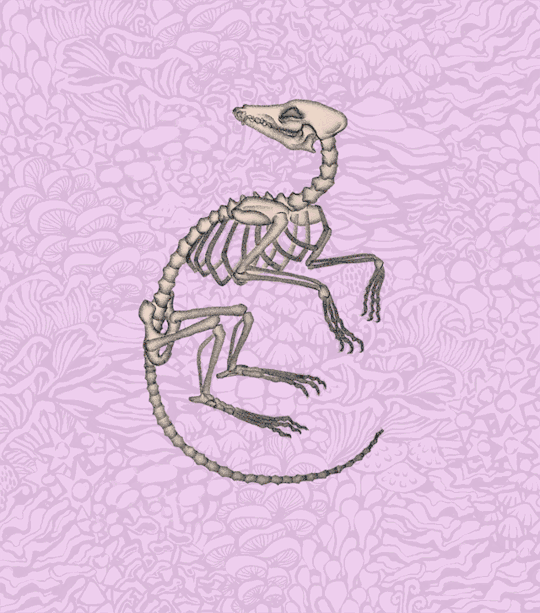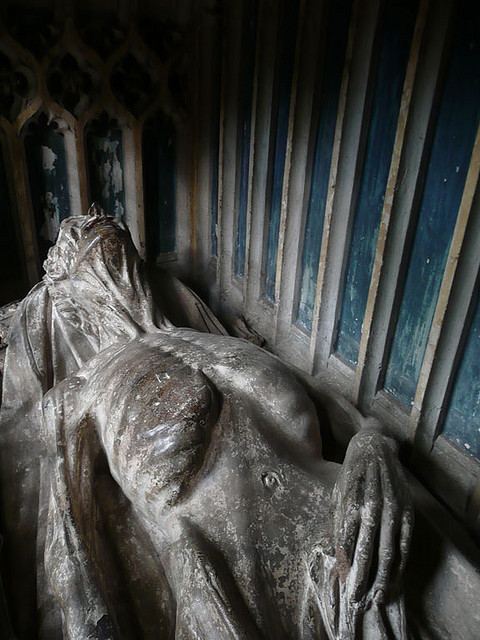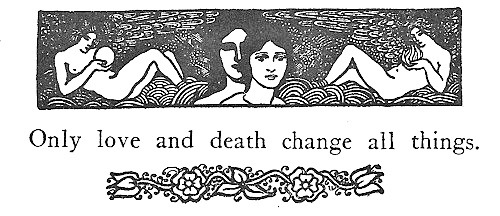Text

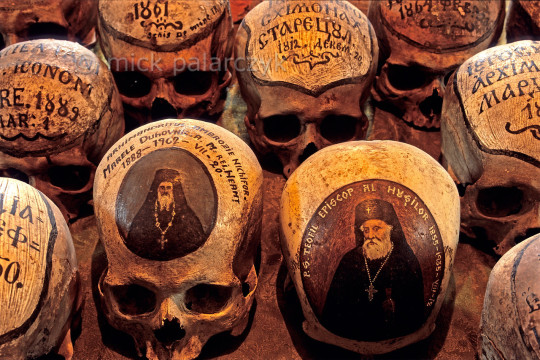
Some of the skulls in ossuary of Neamt Orthodox monastery are painted with small portrait of the person it belonged to during life, others simply state the names of the monks and their dates of birth and death.
Photos by: Mick Palarczyk.
2K notes
·
View notes
Text

MEMENTO MORI MAHOGANY COFFIN WITH FULLY ARTICULATED BONE SKELETON, 19TH CENTURY
Sotheby’s
72 notes
·
View notes
Photo

Girl buried with a crown of ceramic flowers. Patras, 300-400 B.C.
Can be seen at the Museum of Patras (Greece)
22K notes
·
View notes
Text
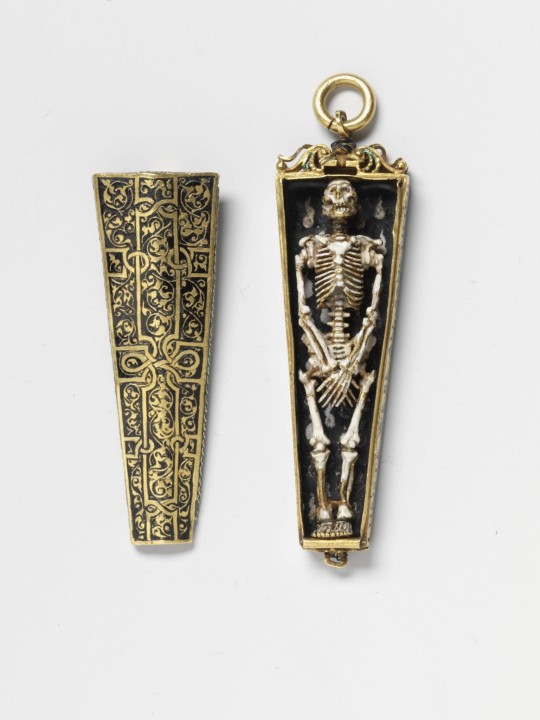
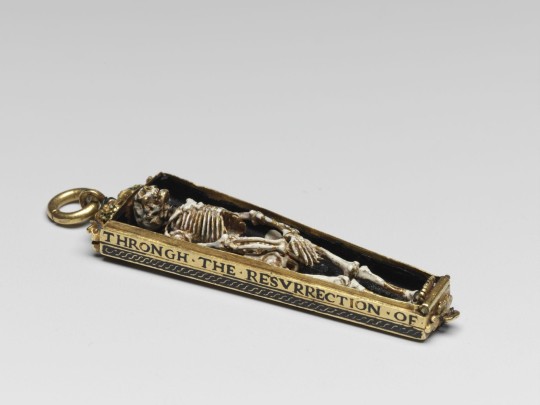

▪︎ Memento Mori Pendant.
Date: 1540-1550
Place of origin: England
8K notes
·
View notes
Text
Only thing getting me through today is the thought of Starred Egyptian Tomb Ceilings
49K notes
·
View notes
Text

Victorian Tear Catchers
During the Victorian era, mourners sometimes collected their tears in gold decorated “tear bottles” to keep as a remembrance for the next of kin. It has also been said that the widows would go to the grave on the anniversary of the first year of death and sprinkle the tears on the grave to signify the end of the first year of mourning.
49K notes
·
View notes
Text
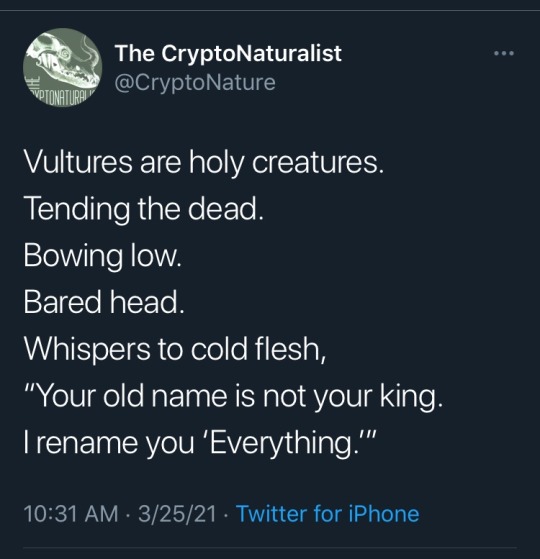
Vultures are holy creatures.
Tending the dead.
Bowing low.
Bared head.
Whispers to cold flesh,
“Your old name is not your king.
I rename you ‘Everything.’”
225K notes
·
View notes
Text
Prior to the new research, only one final resting place of an indigenous British monarch from that era [the 5th-6th centuries] was known, along with half a dozen other potentially royal graves.
But now, at least 20 probable royal burial complexes (each containing up to five graves) have been tentatively identified – with a further 11 potentially royal burial complexes under consideration.

(An excavated 'enclosed grave', a possible royal burial, at Plas Gogerddan, Wales; Ken Murphy/Dyfed Archaeological Trust)
The new discoveries are in Wales, Cornwall, Devon and Somerset. The newly published research suggests that they are royal final resting places because they have very unusual designs that are quite different and clearly much more high status than the thousands of other dark age British graves. Indeed some key examples are associated with high status probably royal Celtic locations – and have similarities with Irish royal tombs.
Although the names of the monarchs buried in these graves are, on the whole, not yet known, they appear to have been kings, sub-kings or other royals associated with the British kingdoms of Gwynedd (northwest Wales), Dyfed (southwest Wales), Powys (central east Wales), Brycheiniog (modern Breckonshire) and Dumnonia (now southwest England).
123 notes
·
View notes
Text
french word of the day:
𝚝𝚑𝚊𝚗𝚊𝚝𝚘𝚙𝚛𝚊𝚌𝚝𝚎𝚞𝚛
[ from greek thanato (death) and praxie (to do/to make), literally the making of the dead ] is the practicioner of mortuary science and art to perserve human remains by treating them to forestall decomposition.
english translation: embalmer
28 notes
·
View notes
